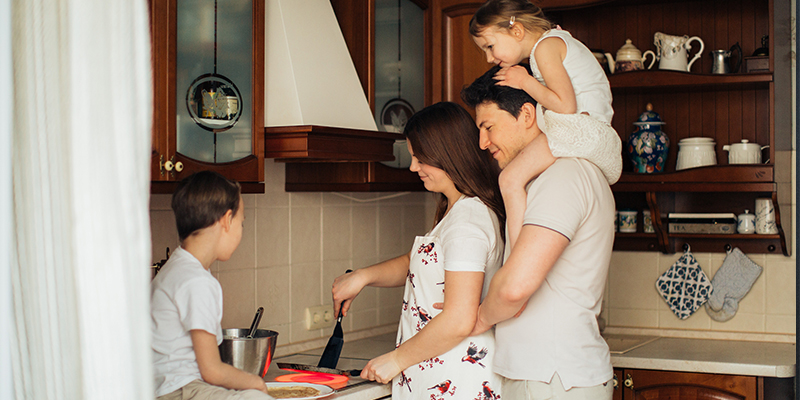
By Claire Lerner
Create a special, safe space.
In my household, we established the “cozy corner.” A family I work with created the “peace place.” I recommend parents talk with the child in advance about the purpose of this safe space—that it is where people in their family go when they are losing control and need a break. (I suggest parents also use it to take a break themselves, which can serve as some very powerful role modeling.) Parents include children in designing the space, giving them choices of acceptable items that can be included. One family put a small nylon teepee in their child’s room, which provided a sense of boundary and comfort. When a parent assesses that a break is needed, it is done calmly and lovingly. Even if you are holding your child out at arm’s length to avoid his kicks and swatting at you, as calmly as possible, take him to his break place and let him know that you can’t wait until he can calm himself so that you can play again. Separations aren’t inherently or automatically harmful to young children. When separations are framed and approached lovingly and supportively—not punitively—they can be caring, not callous.
Keep expectations for what the break will accomplish in check.
Children—especially those under 3 years old—do not yet have the ability to reflect on their own actions and behavior. This means that the goal of taking a break is not self-reflection (“Gee, I wonder why I let my emotions get the best of me—I really shouldn’t have thrown that train” is beyond most 2-year-olds), but to provide a quiet place where children can move from a state of high agitation and upset to a sense of calm. The break offers the space for both parent and child to regroup, and then come back together to talk about what the child could do the next time this situation arises. No learning takes place when children are in an agitated, emotionally flooded state.
Choose a time limit best suited to your child.
One approach is to have the break end when the child is calm. Another option is to set a timer for—3 to 5 minutes—then go back to the child and check in. At this point, she may still be upset, but if she is no longer out of control and is willing to accept being comforted, you can help her move on. Remember, you’re not giving in to whatever caused the original upset—you’re just helping her learn to calm herself and to accept an alternative,for example,reading a book together instead of playing on the tablet that you had taken away, which caused the tantrum.






